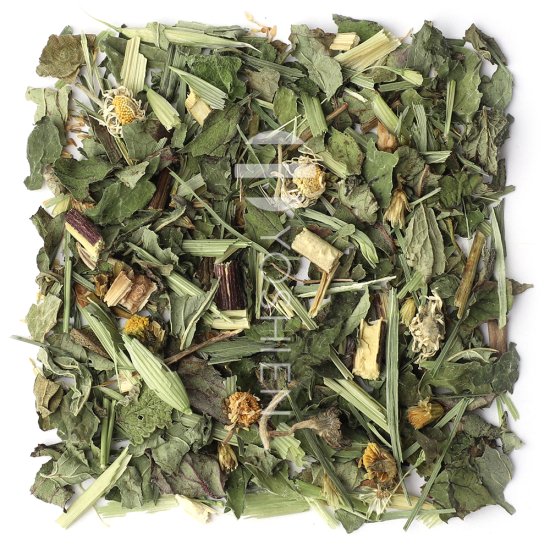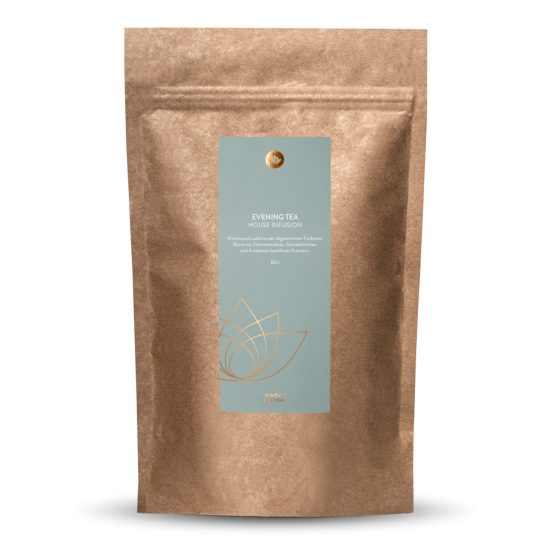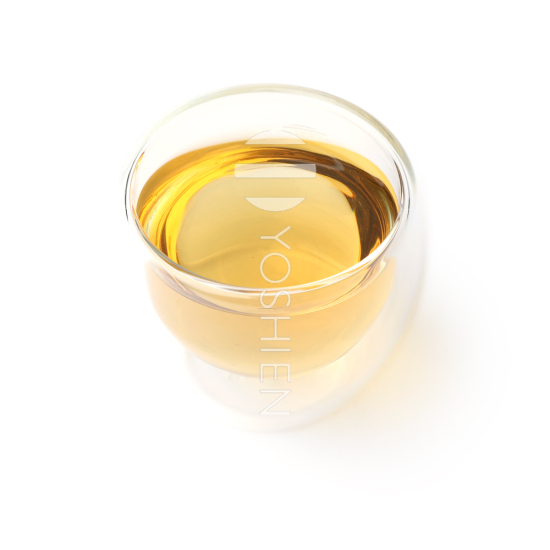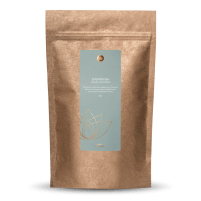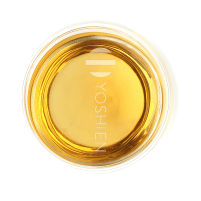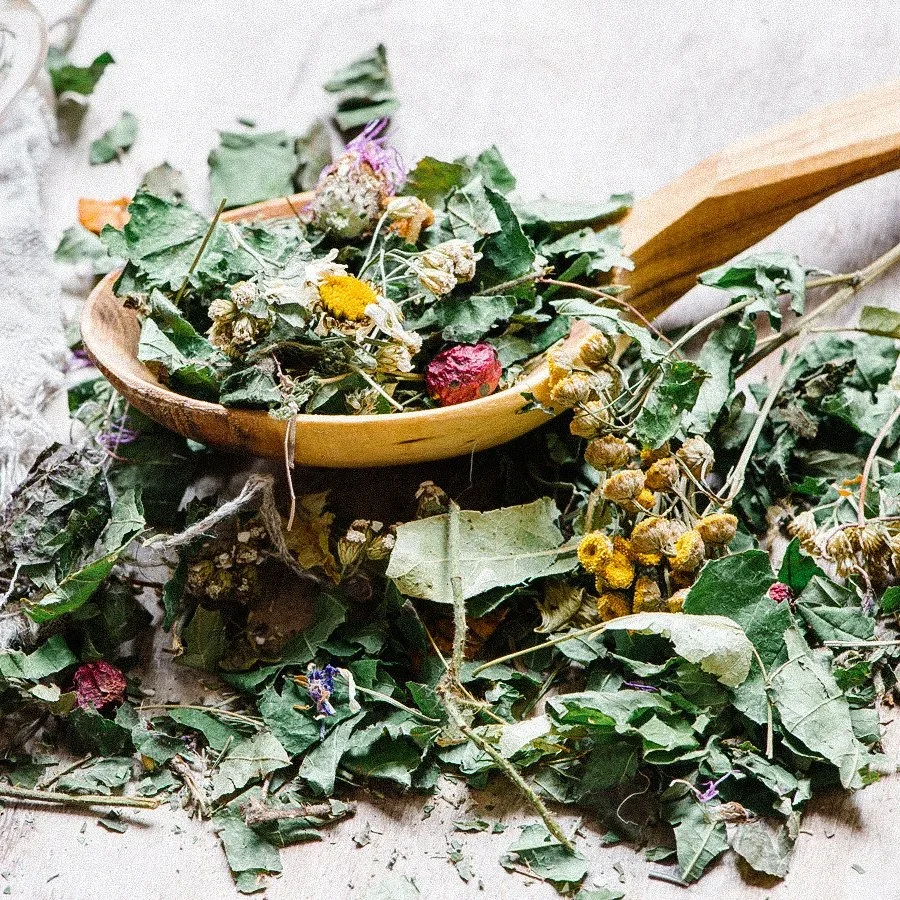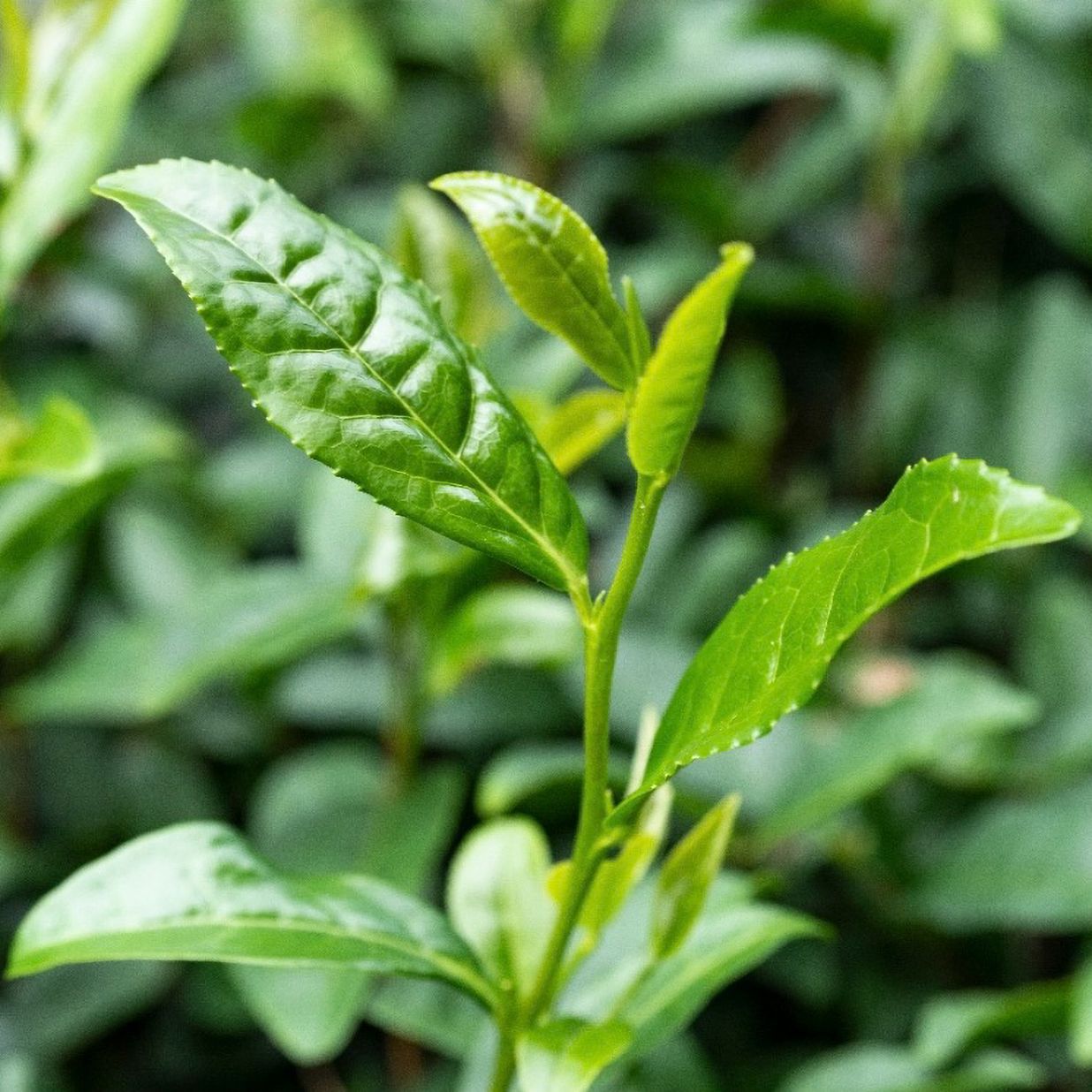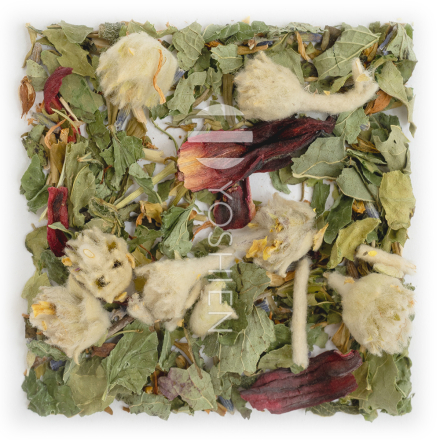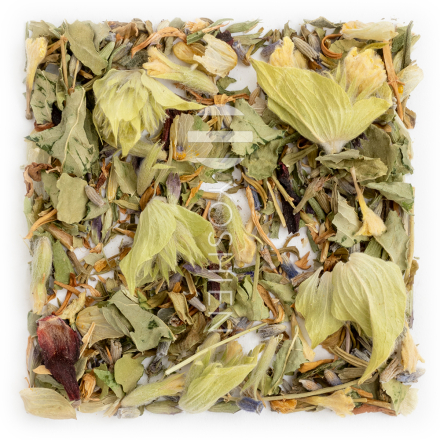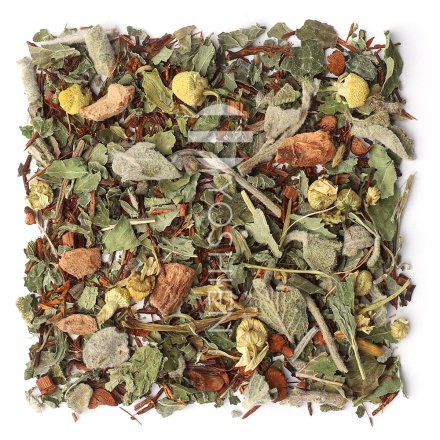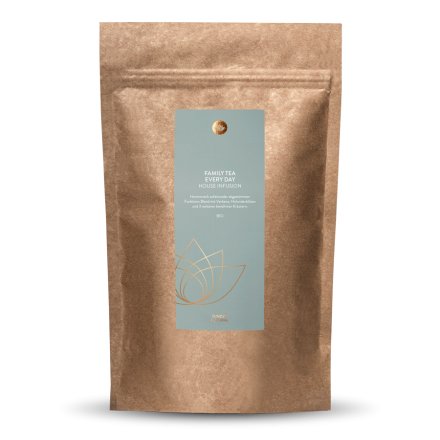Green Oat
Belonging to the Poaceae family, oat (Avena L.) is an annual grass which traces its origins back to the Middle East. Similar to numerous other cereal crops, it has been domesticated. Green oats come from premature oat plants, harvested before reaching full bloom. At this stage, oat is alkaline and contains an abundance of phytonutrients.
Lemon balm
Melissa officinalis is originally a southern European plant. Similar to many herbs from Southern Europe, it was first cultivated in monastery gardens and then gradually spread throughout Europe. The perennial plant sprouts from March onwards, can grow up to 70 cm tall by July and is clearly recognisable by its scent. Because of its many uses it was cultivated early on throughout Europe as a popular aromatic herb. In the Middle Ages, it was cultivated in every monastery garden as it was considered particularly valuable and indispensable.
Peppermint
Peppermint has been used for ages in cultures around the world for purification rituals, as incense, and in the form of calming tea. To help improve concentration, students in ancient times wore a crown of twisted mint and relied on the sweet, clear scent for its stimulating effects. Traditionally, peppermint is drunk as a tea or inhaled in the form of steam baths.
Goldenrods
Goldenrod (Solidaginis virgaureae) is a crop that has been recognised for its various uses for centuries. The introduction of goldenrods to Europe took place in the 17th century, and since then, it has thrived as an invasive neophyte in the sparse forests and dry woodland meadows of Europe and North America. This medicinal plant, which announces the end of summer with its vibrant yellow flowers, can also be used as a natural dye.
Fennel Seed
Fennel (Foeniculum vulgare) is one of the oldest herbs in continuous use worldwide. Its origins can be traced back to around 3000 BC in Mesopotamia, where it was cherished for its numerous health benefits. The ancient civilisations of Egypt, Greece and Rome also recognised and appreciated the remarkable value of fennel.
Daisy
The perennial daisy (Bellis perennis L.) is native to southern Europe. During ancient times, it quickly spread to central Europe as meadows became more abundant, these being its preferred habitat. From May to November, the flowers bloom from the perennial leaf rosette, reaching heights of up to 15cm. The presence of this charming flower, known by a thousand names, characterises a vibrant meadow.



